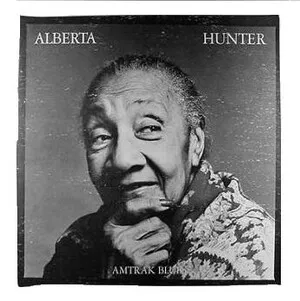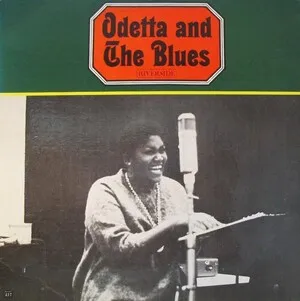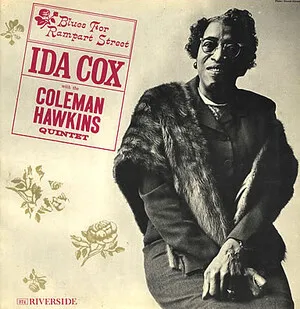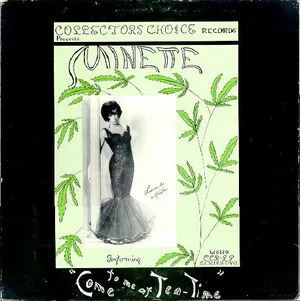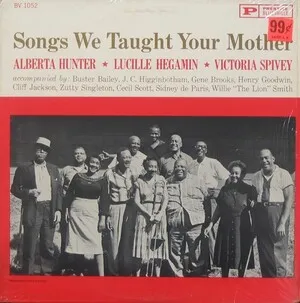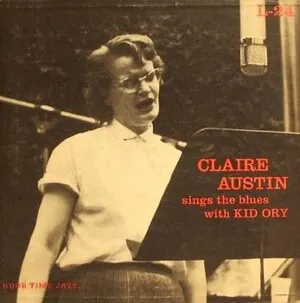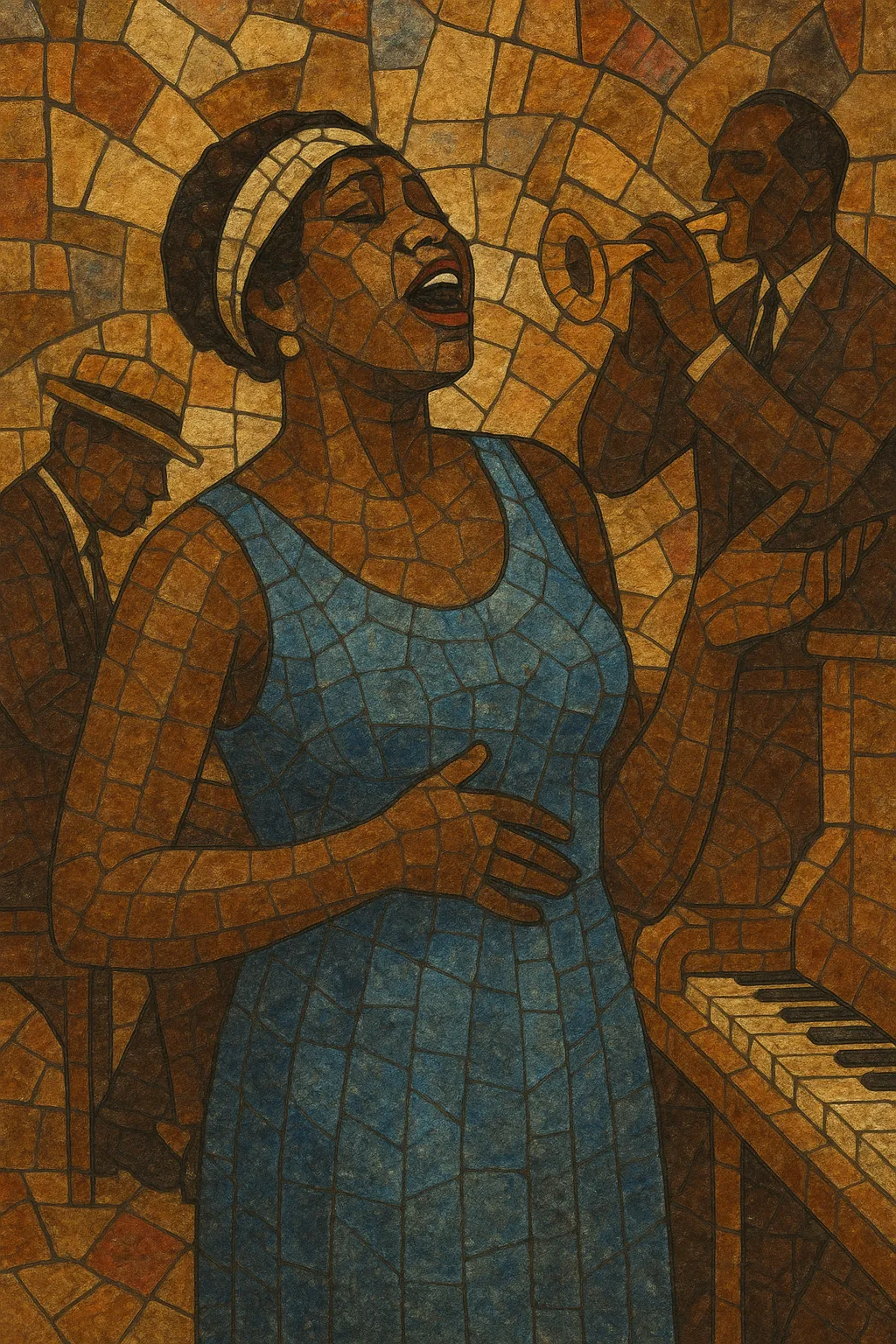
Vaudeville blues is an early, urban stage form of the blues that rose to prominence on the American vaudeville and TOBA theater circuits in the 1910s and 1920s. Often called “classic female blues,” it centered on powerful female vocalists accompanied by small jazz-oriented ensembles.
Musically it blends the 12‑bar blues and AAB lyric schemes with ragtime- and Tin Pan Alley–tinged harmonies, theatrical projection, and polished stagecraft. Arrangements were tailored for theaters and traveling revues, featuring dramatic delivery, call‑and‑response with horns or piano, humorous asides, and themes of love, resilience, independence, and urban life.
Recordings by stars such as Mamie Smith, Ma Rainey, and Bessie Smith popularized the genre nationwide, bridging folk blues traditions and the emerging jazz and popular song industries.
Vaudeville blues emerged from the meeting of theater culture and early blues practice. Traveling vaudeville troupes and Black theatrical revues (including the TOBA circuit) employed versatile singers who adapted folk-blues idioms to stage-savvy formats. The music drew on spirituals, work songs, minstrelsy, and ragtime accompaniment.
In 1920, Mamie Smith’s “Crazy Blues” became a commercial sensation, proving a large market for Black vocal records. Labels rushed to record female blues stars, and a wave of releases by Ma Rainey, Bessie Smith, Ethel Waters, and others defined the classic vaudeville blues sound—12‑bar structures, AAB stanzas, theatrical delivery, and jazz-inflected backing.
Performances took place in theaters and tent shows, with singers fronting pianists and small combos of cornet/trumpet, trombone, clarinet, banjo/guitar, bass, and light drums. Theatrical pacing—spoken patter, comedic innuendo, dramatic gestures—was integral. Arrangements incorporated breaks, shout choruses, and call-and-response to spotlight the vocalist’s narrative.
As swing big bands, radio, and changing tastes reshaped popular music, the vaudeville theater network waned. Some stars adapted to nightclub and swing contexts; others faded from the spotlight. Yet their phrasing, repertoire, and persona fed directly into vocal jazz, jump blues, and the broader trajectory of rhythm & blues.
Vaudeville blues created the first nationwide platform for blues vocalists, codified the “classic female blues” style, and connected folk blues to the commercial popular song and jazz industries. Its artists set enduring standards for vocal interpretation, stagecraft, and repertoire, influencing vocal jazz, jump blues, traditional pop, and the foundations of R&B and soul.

